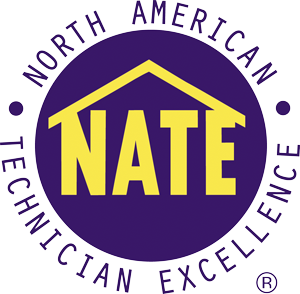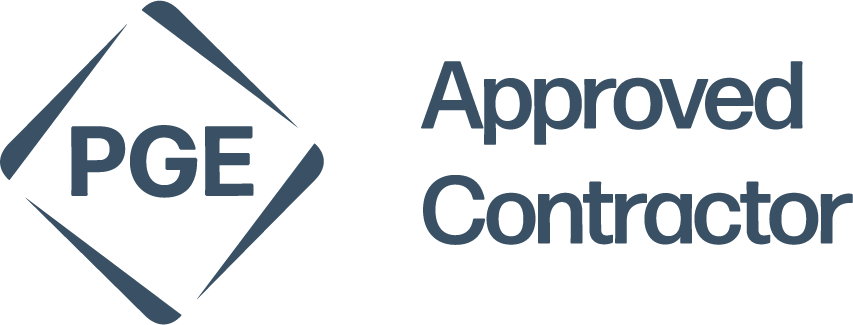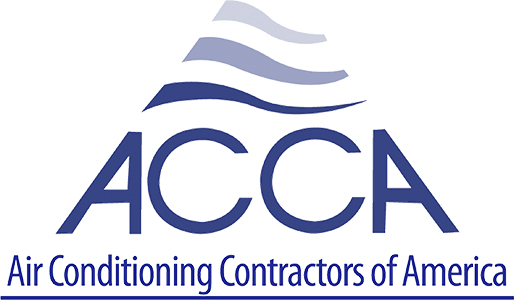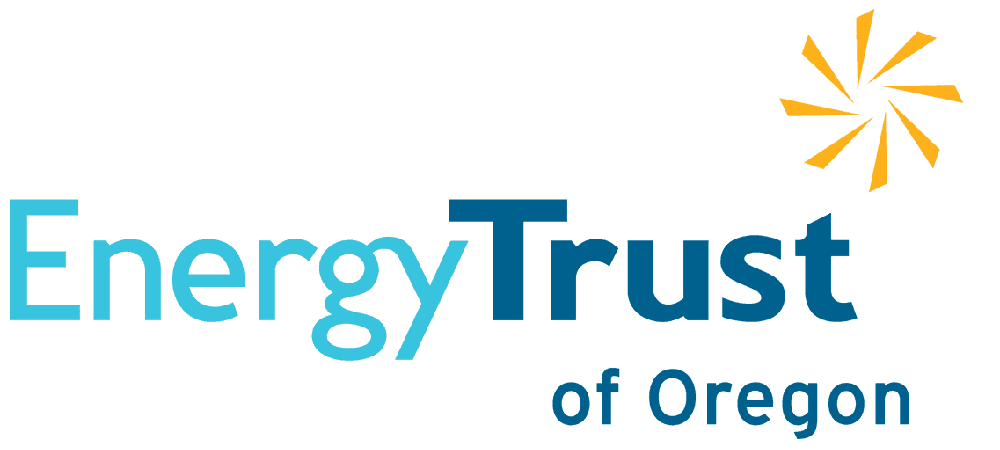Understanding Your Gas Fireplace System
Gas fireplaces have become increasingly popular in homes throughout the Greater Clackamas Area, offering convenience, efficiency, and ambiance without the hassle of traditional wood burning units. These sophisticated heating appliances require regular attention to maintain their performance, safety, and longevity. At Milwaukie Heating & Cooling, Inc., we specialize in comprehensive gas fireplace maintenance services that keep your system running smoothly throughout the heating season. Our certified technicians understand the intricate components that make up modern gas fireplace systems, from the burner assembly and pilot light mechanisms to the venting systems and safety controls that ensure proper operation.
Regular maintenance of your gas fireplace involves much more than simple cleaning. The combustion process in gas fireplaces produces byproducts that can accumulate over time, affecting both efficiency and indoor air quality. Carbon deposits can form on glass doors, logs, and burner ports, while dust and debris can collect in critical components. These accumulations not only diminish the visual appeal of your fireplace but can also impact its heating efficiency and potentially create safety hazards if left unaddressed.
Essential Annual Inspection Components
Professional gas fireplace maintenance begins with a thorough inspection of all system components. Our technicians examine the burner assembly to ensure proper flame patterns and check for any signs of corrosion or damage. The pilot light system receives careful attention, as proper pilot flame characteristics are crucial for safe ignition and operation. We inspect thermocouples and thermopiles, which are safety devices that detect pilot flame presence and generate the electrical current needed to operate gas valves. These components typically last three to five years but can fail prematurely if exposed to excessive heat or contamination.
The venting system inspection constitutes a critical portion of maintenance procedures. Whether your fireplace uses direct venting, natural venting, or power venting, proper exhaust flow prevents dangerous carbon monoxide accumulation in your living space. We check for obstructions such as bird nests, leaves, or debris that might block vents, and we examine vent pipes for signs of corrosion, separation, or damage. The glass doors and gaskets also receive detailed inspection, as compromised seals can allow combustion gases to enter your home rather than being properly vented outside.
Cleaning Procedures and Techniques
Professional cleaning of gas fireplace components requires specialized knowledge and appropriate tools to avoid damage while ensuring thorough results. The ceramic logs or glass media in your fireplace need gentle handling during cleaning, as these decorative elements can be fragile and expensive to replace. We use specific cleaning solutions designed for fireplace glass that remove stubborn carbon deposits without scratching or etching the surface. The burner ports require careful cleaning with appropriate brushes to remove debris without enlarging the openings, which could alter flame characteristics and create unsafe conditions.
Interior fireplace surfaces accumulate soot and dust that can affect both appearance and function. Our maintenance process includes vacuuming the firebox with specialized equipment designed to capture fine particulates without dispersing them into your home’s air. We clean fan blades on units equipped with circulation blowers, as dust accumulation reduces airflow and heating efficiency while potentially causing premature motor failure. Control valves and gas connections receive inspection and cleaning to ensure smooth operation and prevent gas leaks that could pose serious safety risks.
Safety Testing and Performance Optimization
Safety testing forms the cornerstone of professional gas fireplace maintenance. We perform comprehensive gas leak testing using electronic detection equipment that can identify even minor leaks at connections, valves, and fittings. Carbon monoxide testing ensures your fireplace isn’t producing dangerous levels of this odorless, colorless gas. Our technicians verify that safety switches and sensors function correctly, including oxygen depletion sensors in vent free models and spill switches in natural draft units.
Performance optimization involves adjusting gas pressure to manufacturer specifications, ensuring optimal flame height and appearance while maximizing efficiency. Improper gas pressure can cause incomplete combustion, leading to excess carbon monoxide production and soot accumulation. We calibrate thermostats and remote control systems, verify proper operation of variable speed blowers, and adjust air shutters to achieve the ideal fuel to air mixture for clean, efficient combustion.
Common Issues and Prevention Strategies
- Pilot light problems often stem from dirty thermocouples, weak thermopiles, or clogged pilot orifices that prevent reliable ignition
- Glass darkening results from incomplete combustion caused by improper air mixture, incorrect log placement, or dirty burners
- Strange odors during operation might indicate dust burning off, but persistent smells could signal more serious ventilation issues
- Delayed ignition creates dangerous gas buildup before ignition occurs, potentially causing explosive starts that damage components
- Unusual flame patterns such as lifting, ghosting, or color changes indicate combustion problems requiring professional adjustment
Seasonal Maintenance Considerations
Timing your gas fireplace maintenance strategically ensures optimal performance when you need it most. Early fall maintenance allows time for any necessary repairs before cold weather arrives, preventing inconvenient breakdowns during peak heating season. Spring maintenance addresses issues that developed during heavy winter use and prepares the system for summer dormancy. In Clackamas, Happy Valley, West Linn, and Lake Oswego, OR, where heating seasons can be unpredictable, maintaining your gas fireplace year round ensures reliable operation whenever temperatures drop.
During periods of non use, gas fireplaces can develop issues such as spider web formation in burner tubes, dust accumulation on components, and battery failure in remote controls or ignition systems. We recommend operating your fireplace briefly during summer months to prevent seals from drying out and to identify any developing issues before they become serious problems. This periodic operation also helps prevent moisture accumulation that can cause corrosion in metal components.
Professional Service Benefits
While homeowners can perform basic maintenance tasks such as cleaning glass and dusting accessible surfaces, professional maintenance provides comprehensive care that extends equipment life and ensures safe operation. Our partnership with Carrier™ gives us access to technical resources and training that keeps us current with evolving fireplace technology. We maintain detailed service records that help identify developing trends and predict component failures before they occur, potentially saving significant repair costs.
Professional maintenance also maintains manufacturer warranty validity, as many warranties require annual professional service. Our technicians identify recall notices and safety bulletins that might affect your specific model, ensuring you receive important updates about your equipment. We provide detailed maintenance reports documenting our findings and any recommendations for repairs or upgrades that might improve safety, efficiency, or performance. This documentation proves valuable for insurance purposes and when selling your home, demonstrating responsible equipment care to potential buyers.









